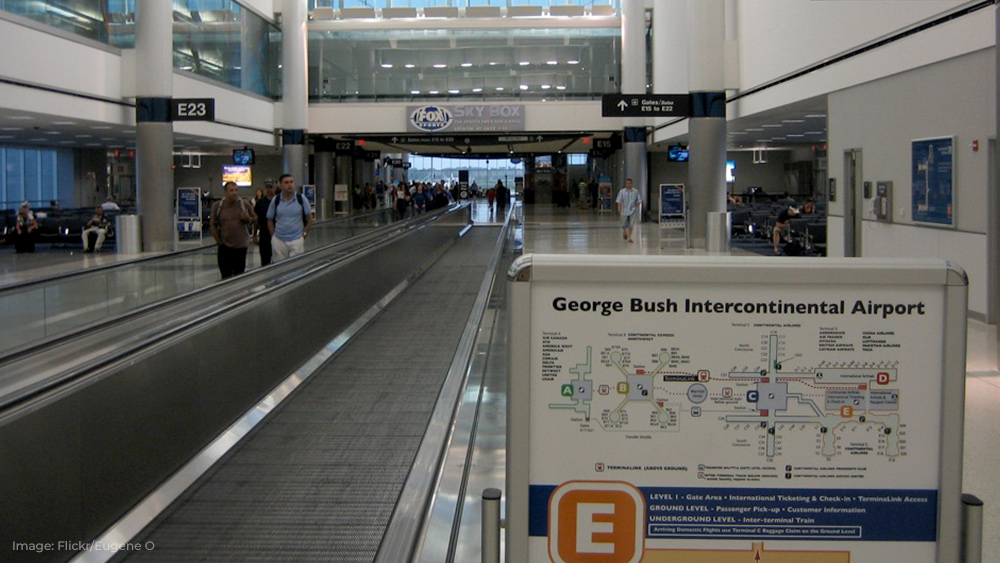Death rate in US has risen for the first time in ten years, largely due to soaring cancer diagnoses and drug overdoses
07/21/2016 / By Greg White

The death rate in the United States increased last year for the first time in a decade, according to preliminary federal data, alarming experts about the state of America’s health.
Deaths rates are measured as the number of deaths per 100,000 people and have been decreasing for years. The previous decline in death rates can be attributed to improvements in public health, disease management, and medical technology.
Although recent figures have suggested a significant increase in death rates among specific groups, particularly less educated whites, an increase for the entire population is rare.
National mortality rate breaks from steady decline
In 2015, the death rate rose to 729.5 deaths per 100,000 people, up from 723.2 in 2014, according to the National Center for Health Statistics. While this may not seem like a significant increase, the national mortality rate has been on the decline for years, so it is odd that it would suddenly rise.
The last time death rates increased was in 2005, during a rather severe flu season. Before then, the rate grew my a small margin in 1999 and 1993, when the US was dealing with yet another nasty flu season and the AIDS epidemic.
“We are not accustomed to seeing death rates increase on a national scale,” Andrew Fenelon, a researcher at the C.D.C. who was not involved in the report, told the NYTimes. “We’ve seen increases in mortality for some groups, but it is quite rare to see it for the whole population.”
He added the spike in mortality rates could cause the United States to fall behind other European countries. “Many countries in Europe are witnessing declines in mortality, so the gap between the U.S. and other countries is growing,”he said.
Although additional data is needed to determine what is fueling the rise in mortality rates, early analysis indicates an increase in suicide, drug overdoses, and Alzheimer’s disease bear some responsibility. Nevertheless, more information needs to be reviewed to figure out what went awry in 2015.
Possible causes
One possibility that researchers will be investigating is whether the drug overdose epidemic among white working class Americans may have helped fuel the country’s increase in mortality rates. However, a link has not been established this year, since drug overdose figures for the second half of 2015 have yet to be released.
Nevertheless, thus far, drug overdose seems to be increasing. For the second quarter of 2014, the drug overdose rate was 14.2 per 100,000 people. During the same quarter in 2015, it rose to 15.2. “This is probably heavily influenced by whites,” Sam Harper, an epidemiologist at McGill University in Montreal told the NYTimes.“It does sort of fit together.”
Chronic ailments like cancer and heart disease claim significantly more American lives than suicide or homicides. Dr. Anderson noted that the death rate from heart disease has flattened, suggesting other factors may be to blame.
Alzheimer’s disease and suicide rates appear to be on the rise as well. Suicide rates increased from 12.7 in the third quarter of 2014 to 13.1 in the same quarter of 2015. Furthermore, Alzheimer’s disease rates increased from 25.4 in 2014 to 29.2 in 2015. However, the researchers noted the increase in Alzheimer’s rates was in part due to more precise reporting on the cause of death on certificates.
Although the report is alarming, other experts claim it is too soon to worry. “There’s no smoking gun here,” Farida Ahmad, mortality surveillance lead for the CDC’s National told the Washington Post. “It’s something that we’re going to be looking into and watching to see if it holds for 2016. It could be that it’s just a blip as it was 10 years ago,” she added.
Sources include:
Tagged Under: Alzheimer's disease, death rate, suicide
RECENT NEWS & ARTICLES
COPYRIGHT © 2017 TWISTED.NEWS
All content posted on this site is protected under Free Speech. Twisted.news is not responsible for content written by contributing authors. The information on this site is provided for educational and entertainment purposes only. It is not intended as a substitute for professional advice of any kind. Twisted.news assumes no responsibility for the use or misuse of this material. All trademarks, registered trademarks and service marks mentioned on this site are the property of their respective owners.




















